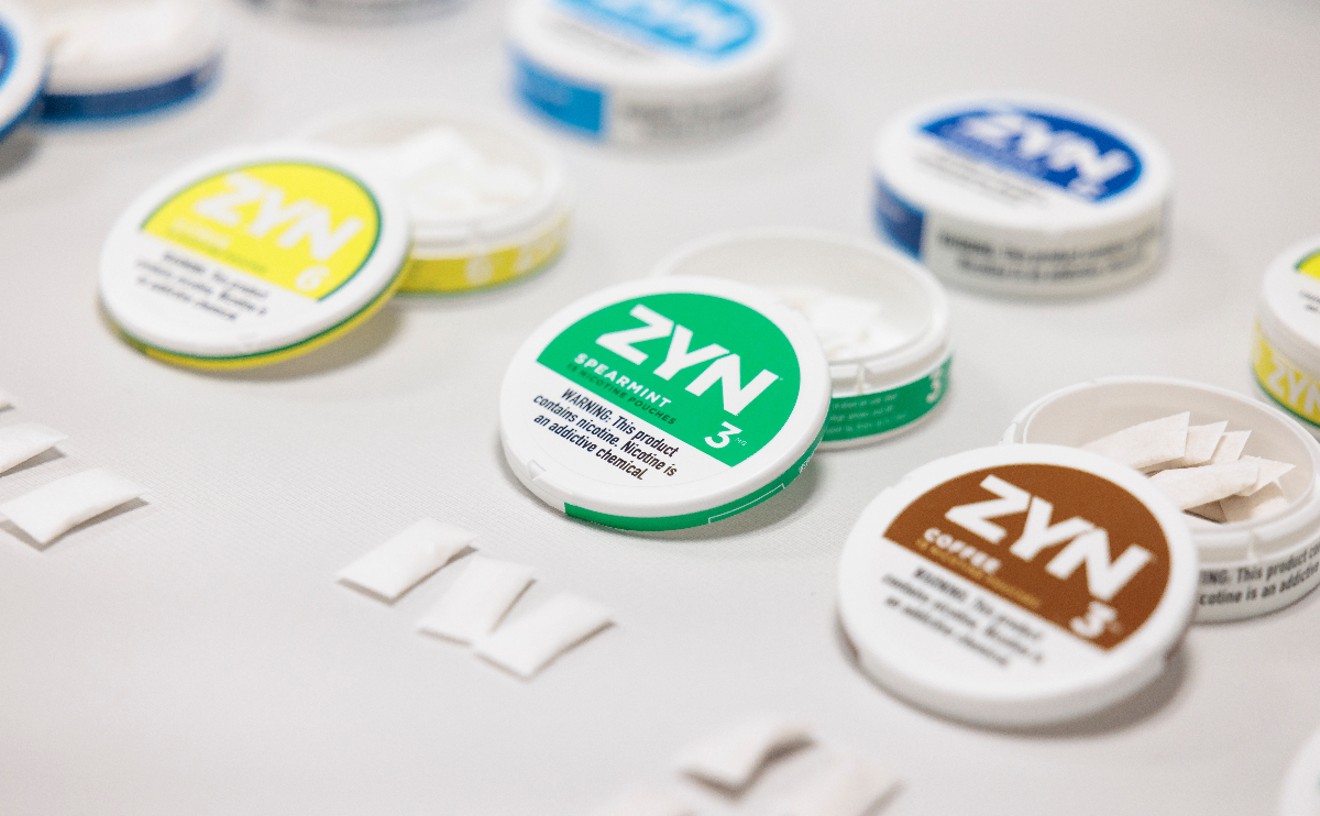"Ultimately, the biggest goal related to a program like this is to maintain the safety of those people who are entrusted to our care," says Bureau Chief Vince Line, the detention administrator for the ACSO, about the new medication-assisted treatment, or MAT, program. "Making sure they're safe in our custody is the number-one goal."
Jail overdose fatalities are undeniably tragic, and they can often be expensive for municipalities where they occur. The lawsuit over the heroin OD death of Tyler Tabor in Adams County jail circa May 2015 is still ongoing. But in November 2016, Jefferson County paid $2.5 million to settle a case brought by the family of Jennifer Lobato, who died in jail the previous year from opioid withdrawal. And while a still-active complaint filed by the estate of Jeffrey Scott Lillis against Arapahoe County notes that his 2014 jail death involved sepsis and bacterial pneumonia, he was a heroin addict who had been weaned off the substance while in custody prior to the other issues presenting themselves.
Line believes the MAT program is a positive when it comes to dollars as well as sense. "It's mutually beneficial on both sides," he maintains. "It allows us to make sure we're providing the best care possible for the inmates. But in addition, it potentially decreases our liability by not putting some folks in our custody on a withdrawal protocol."

Jefferson County eventually paid $2.5 million in regard to Jennifer Lobato's March 21 jail death.
Facebook
Prior to the implementation of the MAT program, Line continues, "we would put folks who are addicted to heroin or other opioids on a withdrawal protocol — essentially pull them off the drugs. And that would include those folks who are in a Denver-area opioid treatment program. We would withdraw them from those treatment medications, too," including methadone, Suboxone and naltrexone.
The problem with the latter approach is that "they have to start that program over again when they get out," he continues. "And when you pull somebody off those medications, their tolerance level changes and the risk to their safety goes up."
Understanding this, the ACSO, like many other local agencies, began routinely giving heroin- and opioid-using inmates Narcan, the trade name for naloxone, which is able to reverse the effects of an overdose.
"Once we identify the appropriate candidates, we train them about how to use it and issue them a dose of Narcan upon release from custody," Line says. "They get some instructions so that when they're released, they have some training associated with it, so that it can be used on the former inmate by a friend or a family member, or they can use it for someone else who is suffering and in need. And we've since grown that program so that Narcan is now deployed at the courthouse, especially at the specialty courts, where the drug court is — and it's deployed in every one of our patrol cars."
This approach has definitely paid off. Line reveals that "we've saved several lives in a patrol setting by our deputies using Narcan to respond to overdoses, and we've received feedback from local hospitals that if it hadn't been utilized, it could have resulted in death. And I'm aware of at least two occasions where Narcan given to an inmate saved a life, because the folks involved actually called us. And I would imagine there are probably additional uses and saves we're not aware of."
He's hoping that MAT achieves a similar level of success — but it definitely requires a new mindset for law enforcement.
"When someone comes into custody and they're on medication for an ailment like heart disease or diabetes, we want to continue their medications and treatment they were receiving on the outside," Line points out. "And we want to do the same in this case. We want to have a continuity of care."












